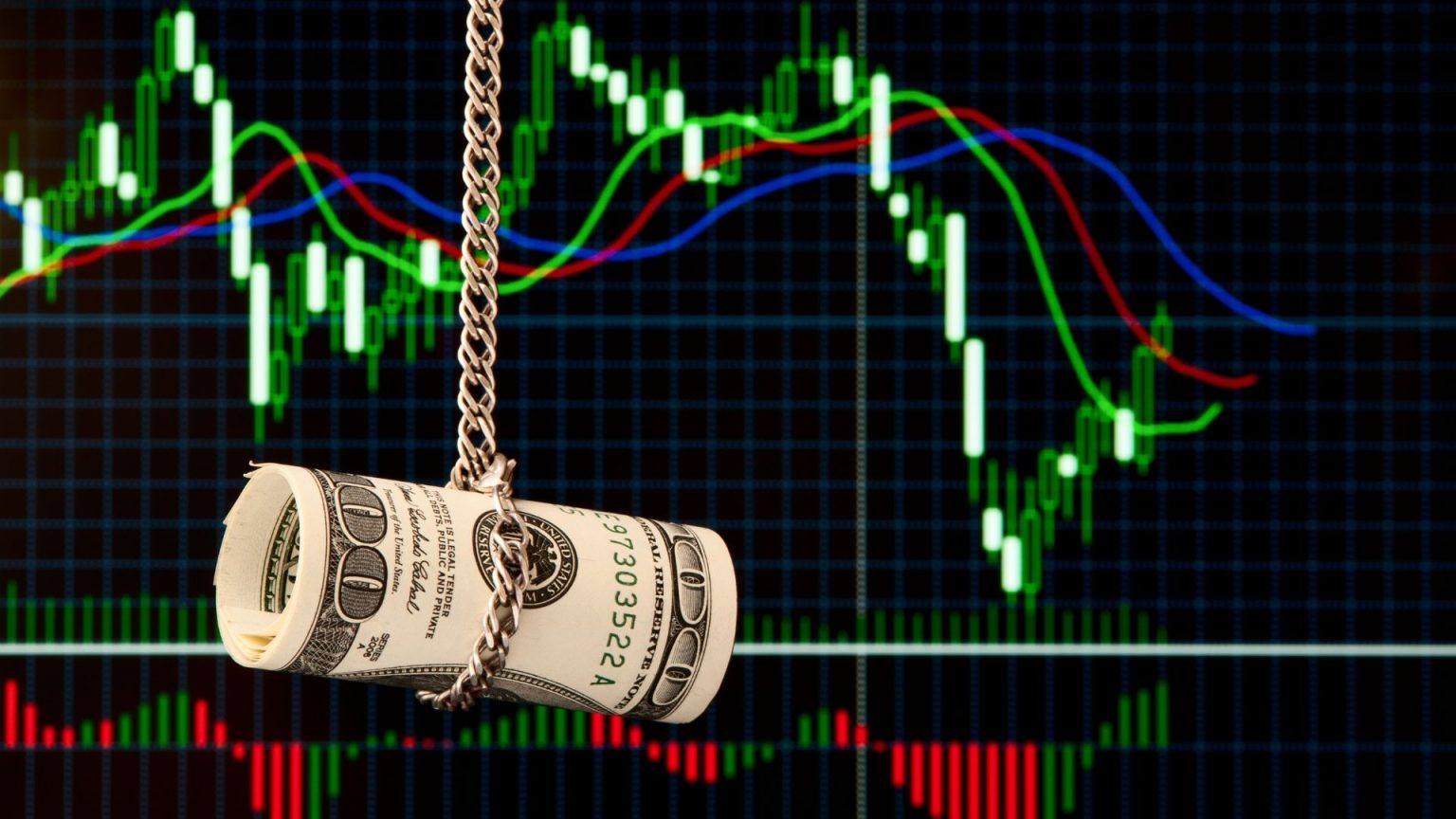Forex traders often ask one question on repeat:
“What’s the best time to trade forex?”
It’s not just curiosity, it’s strategy. Knowing when to trade can be the difference between consistent wins and repeated losses.
In this post, we’ll break down:
- The forex market’s 24/5 structure
- The most active sessions and why they matter
- Ideal times to trade specific currency pairs
- How to adjust your approach based on volatility
- How EPIQ traders optimize their timing for better entries
🌍 Understanding the 24/5 Structure
Unlike the stock market, forex never truly sleeps, it runs 24 hours a day, 5 days a week, thanks to global market centers.
The major session times (in UTC) are:
- Sydney: 21:00–06:00
- Tokyo: 00:00–09:00
- London: 07:00–16:00
- New York: 13:00–22:00
This seamless rollover means liquidity and volatility shift across time zones. Smart traders align their strategy with these market rhythms.
⏱️ The Most Active Overlaps
Liquidity peaks when sessions overlap, creating the best conditions:
- London & New York (13:00–16:00 UTC) – Highest volume; ideal for major pairs like EUR/USD and GBP/USD
- Tokyo & London (07:00–09:00 UTC) – Secondary window, good for JPY pairs
- Sydney & Tokyo – Simpler conditions, ideal for beginners or strategy testing
Trading during these overlap windows ensures tight spreads, strong price action, and better trade execution.
🧠 Timing by Currency Pair
Not all pairs behave the same, each follows its own session rhythm:
| Session | Best Pairs | Why |
|---|---|---|
| London–New York Overlap | EUR/USD, GBP/USD, USD/JPY | Major volume; tight spreads |
| Tokyo–London Overlap | USD/JPY, EUR/JPY, AUD/JPY | Asian–European liquidity boosts JPY and AUD pairs |
| Sydney–Tokyo | AUD/USD, NZD/USD | Quiet and stable, great for range-bound strategies |
🔥 Why Timing Matters
- Liquidity = smoother entries/exits
- Volatility = trading opportunities
- Spread costs drop – higher during low-volume hours
- Avoid whipsaws – know when markets are inactive
Your performance will surprise you if you adapt to these timing trends.
🎯 How This Works Inside EPIQ
At EPIQ Trading Floor, our professional-grade dashboard includes:
- Market session heatmaps – showing which session is active
- Real-time spread monitoring for major pairs
- Alerts tied to session opens/overlaps
Combine timing with supply-demand, structure, and volume, and your edge becomes razor sharp.
🚀 Bottom Line
Trading at the right time isn’t optional, it’s fundamental.
Focus on session overlaps, pick the right pairs, and align trades with volatility peaks.
✅ Try the EPIQ Advantage
Join EPIQ Trading Floor and gain access to:
- Session timing tools + live alerts
- Dashboard showing spread, volume & liquidity
- 85%+ win-alerts based on optimal timing
- Free Section 1 Academy
👉 Time your trades with precision, don’t guess:
epiqtradingfloor.com
⚠️ Disclaimer
This blog is for educational purposes and not financial advice. Please do your own research.










Responses